New England’s landscape holds hidden treasures in the form of Native American petroglyphs, etched into rocks by indigenous peoples centuries ago.
These ancient carvings offer a fascinating glimpse into the rich cultural tapestry of the region’s native inhabitants.
From the rugged coastlines of Maine to the tranquil forests of Vermont, petroglyph sites dot the landscape, inviting visitors to explore the history and heritage of the indigenous peoples who once called these lands home.
Discovering these sacred sites not only provides insight into the artistic talents of ancient civilizations but also fosters a deeper appreciation for the enduring connection between Native Americans and the natural world.
Where To See Native American Petroglyphs Across New England?
New England is rich in Native American history, with many sites showcasing ancient petroglyphs, offering a glimpse into the region’s indigenous cultures.
These intricate carvings, etched into rocks centuries ago, continue to captivate visitors with their mysterious beauty and cultural significance.
Here are some notable places across New England where you can view Native American petroglyphs:
Bellows Falls Petroglyphs (Vermont)
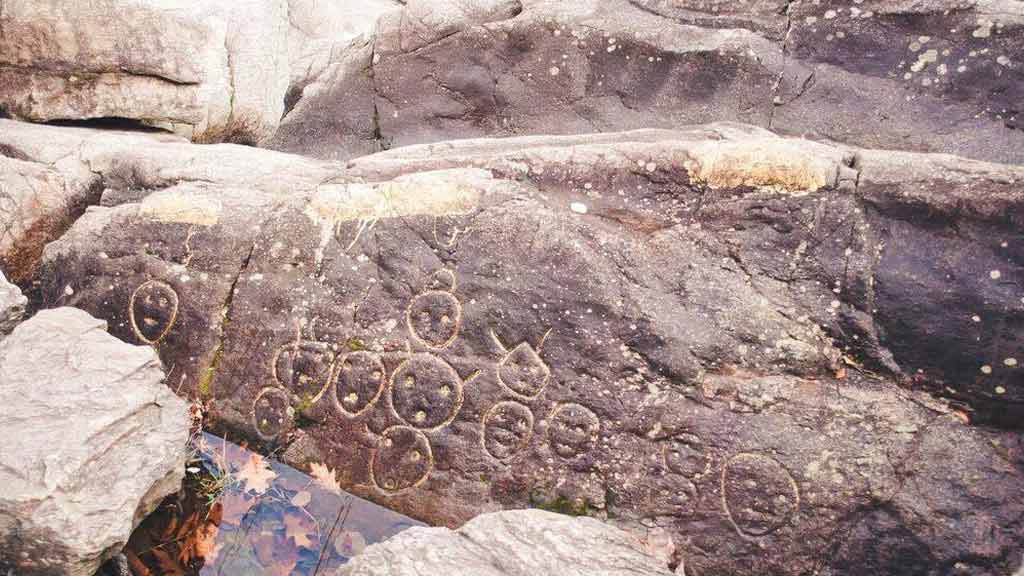
Located along the Connecticut River, these petroglyphs feature various symbols and figures believed to have been carved by the Abenaki people. The site offers a fascinating insight into their spiritual beliefs and daily life.
Indian Rock Shelter (Massachusetts)
Situated in the town of Ashfield, this shelter contains numerous petroglyphs depicting animals, humans, and abstract designs. These carvings provide valuable clues about the region’s indigenous inhabitants.
Dighton Rock State Park (Massachusetts)
Positioned along the Taunton River, Dighton Rock is adorned with enigmatic carvings that have puzzled historians for centuries. While the origins of these petroglyphs remain uncertain, they are thought to have been created by indigenous peoples.
Mystery Hill (New Hampshire)
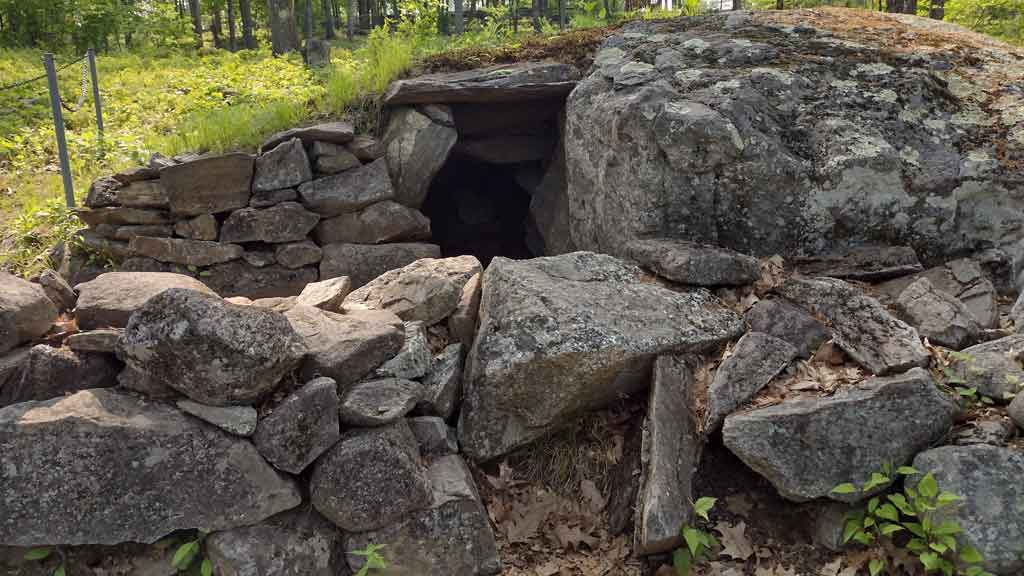
Also known as “America’s Stonehenge,” this archaeological site features petroglyphs along with stone structures and chambers. While the purpose of these carvings is still debated, they offer a glimpse into the prehistoric cultures of the region.
Ponkapoag Pond Rock (Massachusetts)
Blue Hills Reservation displays petroglyphs thought to be the work of the Massachusett people. The carvings include geometric shapes and animal figures, providing insights into their symbolic language.
Cedar Swamp Petroglyphs (Rhode Island)
Found within the Cedar Swamp Preserve, these petroglyphs showcase intricate designs carved into granite outcrops. Believed to be the handiwork of indigenous peoples, they offer a window into their spiritual and cultural practices.
Moose Cave Petroglyphs (Maine)
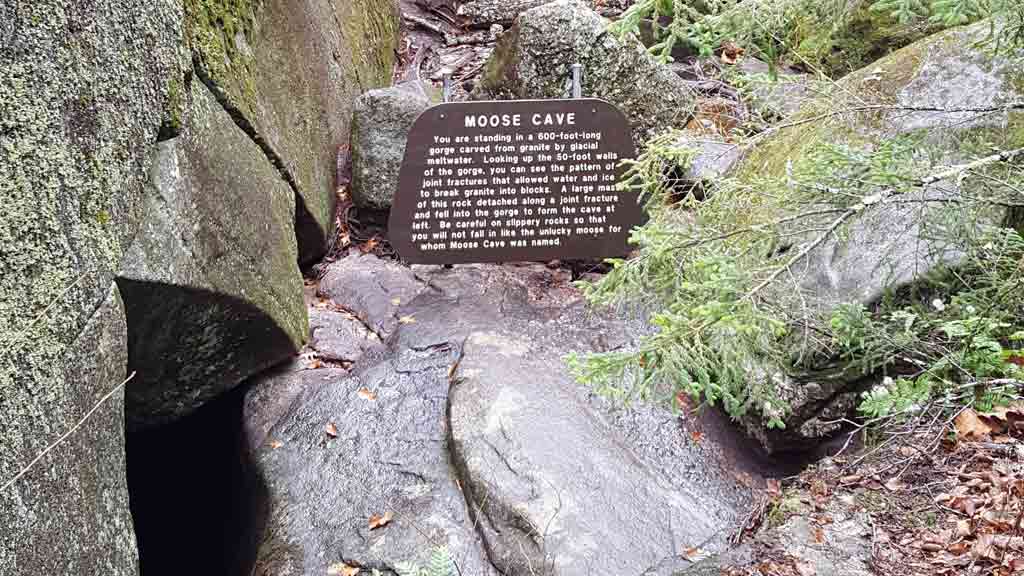
Located near the Moose River, these petroglyphs feature a variety of images including human figures, animals, and geometric patterns.
They are thought to have been created by the indigenous peoples of the region, possibly as far back as 3,000 years ago.
Pond Island Petroglyphs (Maine)
Accessible by boat, Pond Island is home to petroglyphs believed to be the work of the Passamaquoddy Tribe. These carvings depict animals, human figures, and symbols, offering a glimpse into their cultural heritage.
Rocky Hill Petroglyphs (Connecticut)
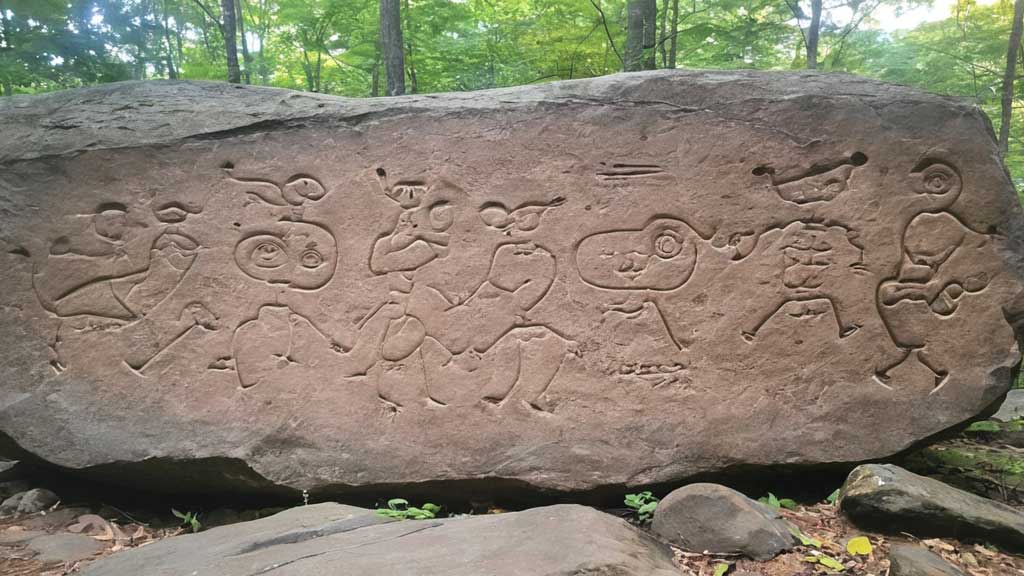
Situated in Rocky Hill, this site contains petroglyphs carved into sandstone by Native American inhabitants.
The carvings depict a variety of images, including animals, humans, and abstract designs, providing valuable insights into their beliefs and traditions.
Shovel Shop Pond Petroglyphs (Massachusetts)
Located in North Easton, these petroglyphs are thought to have been created by the indigenous peoples of the area. The carvings feature various symbols and designs, offering a window into their cultural and spiritual practices.
Champlin Glacier Petroglyphs (Rhode Island)
Situated near the Narragansett Bay, these petroglyphs are believed to date back thousands of years.
Carved into granite, the glyphs feature intricate designs and symbols, offering clues about the beliefs and daily life of the indigenous peoples who inhabited the region.
Hasselhoff Rock Petroglyphs (Vermont)
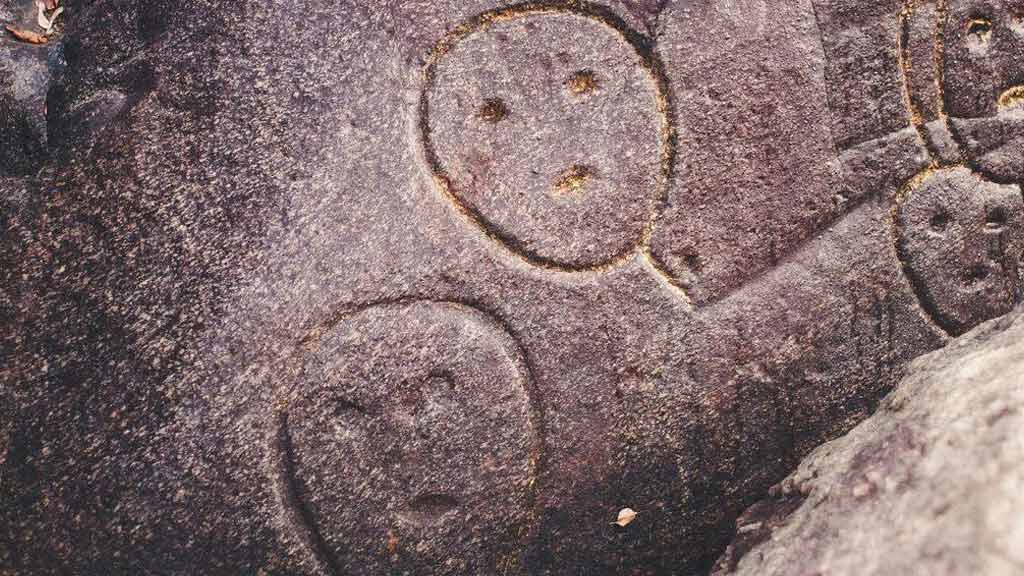
Located in the town of Guildhall, these petroglyphs depict a variety of images, including human figures, animals, and geometric patterns.
Thought to have been created by the Abenaki people, they provide valuable insights into their cultural and spiritual practices.
Great Wass Island Petroglyphs (Maine)
Accessible via a hiking trail, these petroglyphs are found on a rocky outcrop overlooking the Atlantic Ocean. The carvings, attributed to the Passamaquoddy Tribe, feature intricate designs and symbols, reflecting their deep connection to the land and sea.
Upton State Forest Petroglyphs (Massachusetts)
Tucked away in the Upton State Forest, these petroglyphs are thought to be the work of the Nipmuc people.
Carved into granite, the glyphs depict animals, humans, and abstract designs, offering a glimpse into the spiritual beliefs and cultural practices of the indigenous inhabitants.
Norumbega Rock Petroglyphs (Maine)
Located along the Penobscot River, these petroglyphs are believed to have been created by the Penobscot Tribe.
The carvings feature a variety of images, including animals, human figures, and geometric patterns, serving as a testament to their enduring presence in the region and their artistic legacy.
Are There Any Guided Tours Available To See Native American Petroglyphs In New England?
Exploring Native American petroglyphs in New England can be an enriching experience, and guided tours offer valuable insights into these ancient artworks.
Here are seven famous guide tour names that provide unique opportunities to discover and learn about these historical sites.
Machiasport Kayak Tours, Maine
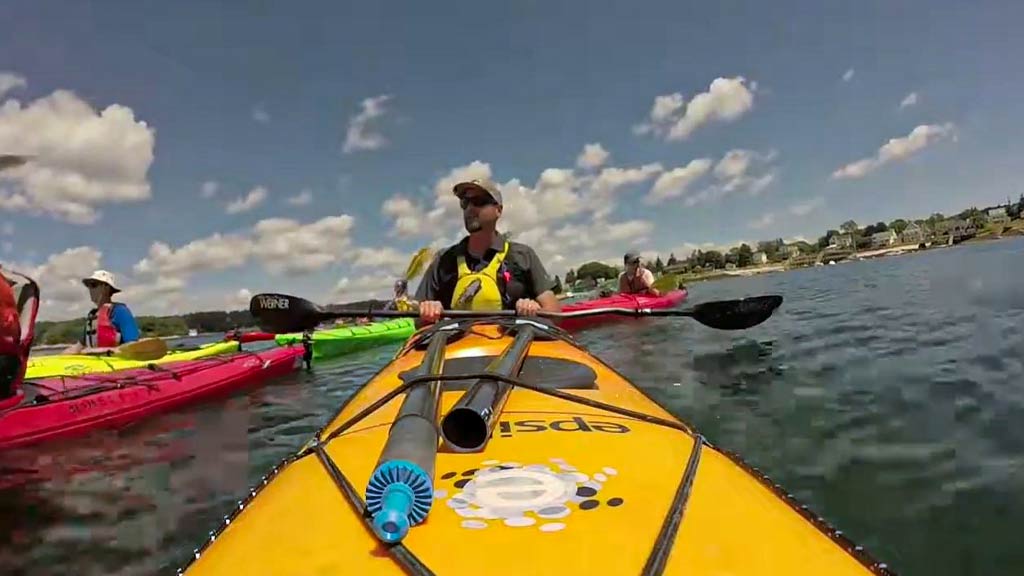
Embark on a kayak tour in Machiasport that includes visits to various petroglyph sites within the bay. This tour offers a blend of adventure and history, allowing participants to explore the region’s cultural heritage while enjoying the scenic beauty of the bay.
Wells Petroglyph Preserve Tours, New Mexico
The Wells Petroglyph Preserve offers docent-led tours for Native American visitors, providing a deep dive into the mysterious petroglyphs found in the area.
These tours are free of charge and offer a unique opportunity to engage with the cultural significance of these ancient rock carvings.
Petroglyph National Monument Tours, New Mexico
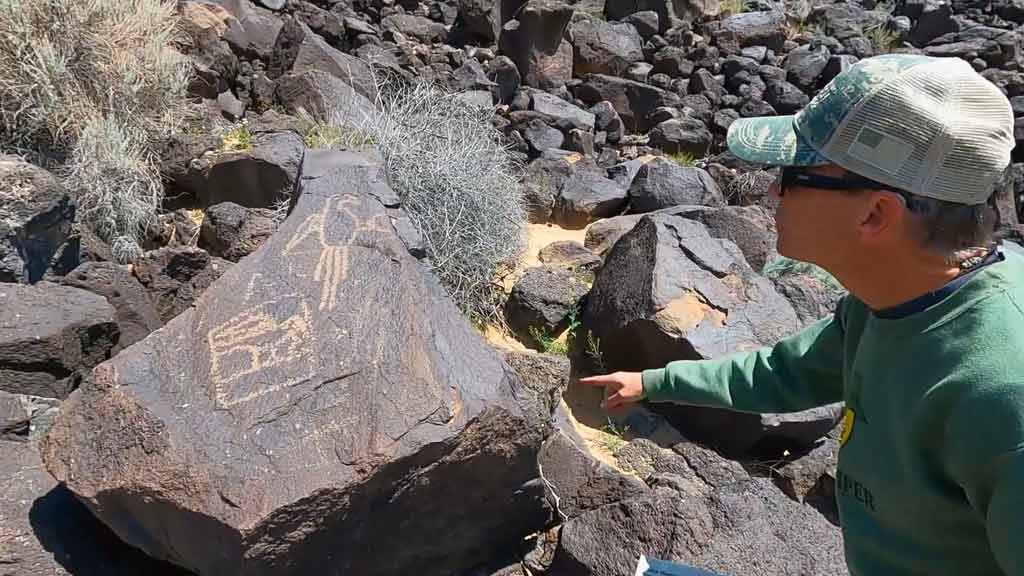
Explore over 25,000 images carved into volcanic rocks by Native Americans and Spanish settlers on guided tours at Petroglyph National Monument in Albuquerque.
These tours offer a glimpse into the rich history and symbolism depicted in the petroglyphs.
Jeffers Petroglyphs Tours, Minnesota
Visit Jeffers Petroglyphs in Comfrey, Minnesota, for a tour of the largest collection of rock carvings in the Midwest.
These sacred petroglyphs date back to 9,000 B.C., showcasing a variety of animal and human figures that hold cultural significance for local indigenous tribes.
Dighton Rock State Park Tours, Massachusetts
Discover the enigmatic carvings on Dighton Rock in Berkley, Massachusetts, on guided tours that shed light on the rock’s history and possible origins.
This site, with inscriptions dating back at least 300 years, offers a fascinating glimpse into pre-European contact Native American artistry.
Bellows Falls Petroglyphs Tours, Vermont
Delve into the faces carved by the Abenaki people at Bellows Falls Petroglyphs on guided tours that explore the cultural and spiritual significance of these ancient artworks.
Brattleboro Petroglyph Tours, Vermont
Join guided tours in Brattleboro to witness ancient petroglyphs along the Connecticut River that offer insights into pre-European contact history and Abenaki traditions.
FAQs
Are these petroglyph sites easily accessible to the public?
Accessibility varies from site to site. Some locations, like Dighton Rock State Park, offer visitor amenities and easy access, while others, such as remote island sites, may require special arrangements or boat access.
What time of year is best for visiting petroglyph sites?
Petroglyph sites can typically be visited year-round, but weather conditions may affect accessibility. Late spring through early fall is generally the most favorable time for outdoor exploration in New England.
Can I take photographs or make rubbings of the petroglyphs?
Policies regarding photography and rubbings vary by site. While some locations permit non-invasive documentation, others may have restrictions to preserve the integrity of the carvings.
Are there guided tours available at petroglyph sites?
Some petroglyph sites offer guided tours led by knowledgeable interpreters who provide insights into the cultural and historical significance of the carvings. Check with local visitor centers or park offices for tour availability.
What should I keep in mind when visiting petroglyph sites?
Respect for the sites and their cultural significance is paramount. Visitors should adhere to posted guidelines, avoid touching or defacing the carvings, and leave no trace to ensure these precious cultural treasures remain preserved for future generations.
Conclusion
Exploring the petroglyph sites scattered across New England is a journey through time, offering a profound appreciation for the indigenous peoples who shaped the region’s history and culture.
These ancient carvings serve as enduring symbols of resilience and artistic expression, preserving the stories and traditions of past civilizations.
As visitors marvel at the intricate designs and symbols etched into stone, they are reminded of the importance of preserving and honoring the heritage of Native American communities.
By recognizing the significance of these sacred sites, we not only enrich our understanding of the past but also cultivate a deeper respect for the diverse cultures that continue to thrive in New England and beyond.
Naim Benmayor